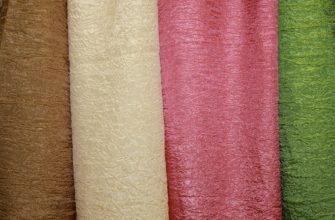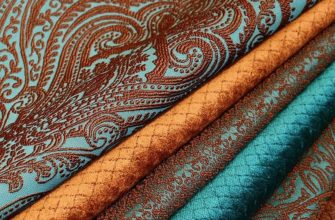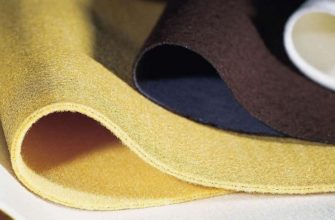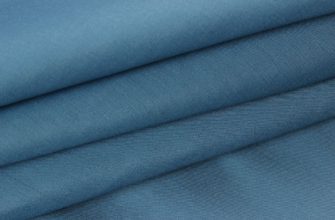The usual division of fabrics into natural and synthetic has gradually lost its significance in the 21st century. Technologies are rapidly developing, new types of fabric appear that are not always understandable to people. For example, tencel fabric - what kind of material is it? Where and how did it come from? What properties does it have and where is it used?
The reader will find answers to all the above questions and many others concerning Tencel in this article.
History of fabric creation
It is not surprising that many, upon seeing the label, ask the question: “Tencel – what kind of fabric is this?”, because the material is considered to be an invention of the latest generation, produced using nanotechnology.
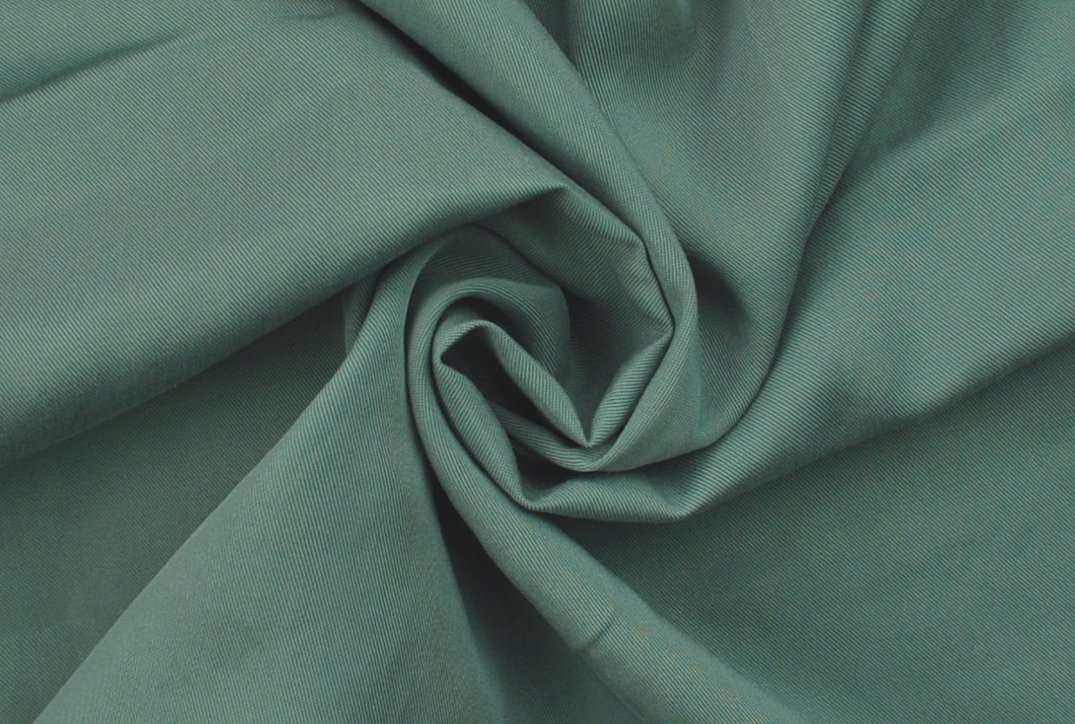
The pioneer was the English company Courtaulds Fibres UK. In 1988, the textile manufacturing company decided to use eucalyptus as a raw material for fiber production. The experiment was successful, and the company managed to produce a previously unused fiber - lyocell.

Later, lyocell was used to make fabric - tencel. The creators immediately realized that the unique qualities of the material would ensure its popularity all over the world.
In 1991, the fabric was presented to the general public. A year later, 18,000 tons of Tencel were produced. Since 1997, its mass production has begun.
In 2000, Lenzing AG, a company based in Australia, bought the technology for producing lyocell from the discoverers. They were going to give fabrics made from this material worldwide fame, and they succeeded. In 2002, Tencel became popular all over the world.

At the moment this material does not have a precise name. It has 2 pronunciation options in Russia - tensel and tensel.
Production
The technology of Tencel production is 100% safe for the environment. That is why the material is valued by the defenders of living nature.
Lyocell fibers are obtained by processing wood cellulose. Evergreen, woody plants such as myrtle, cypress, and fir can be used as raw materials. But most often, manufacturers prefer to take Australian eucalyptus trees, which are grown on special farms.
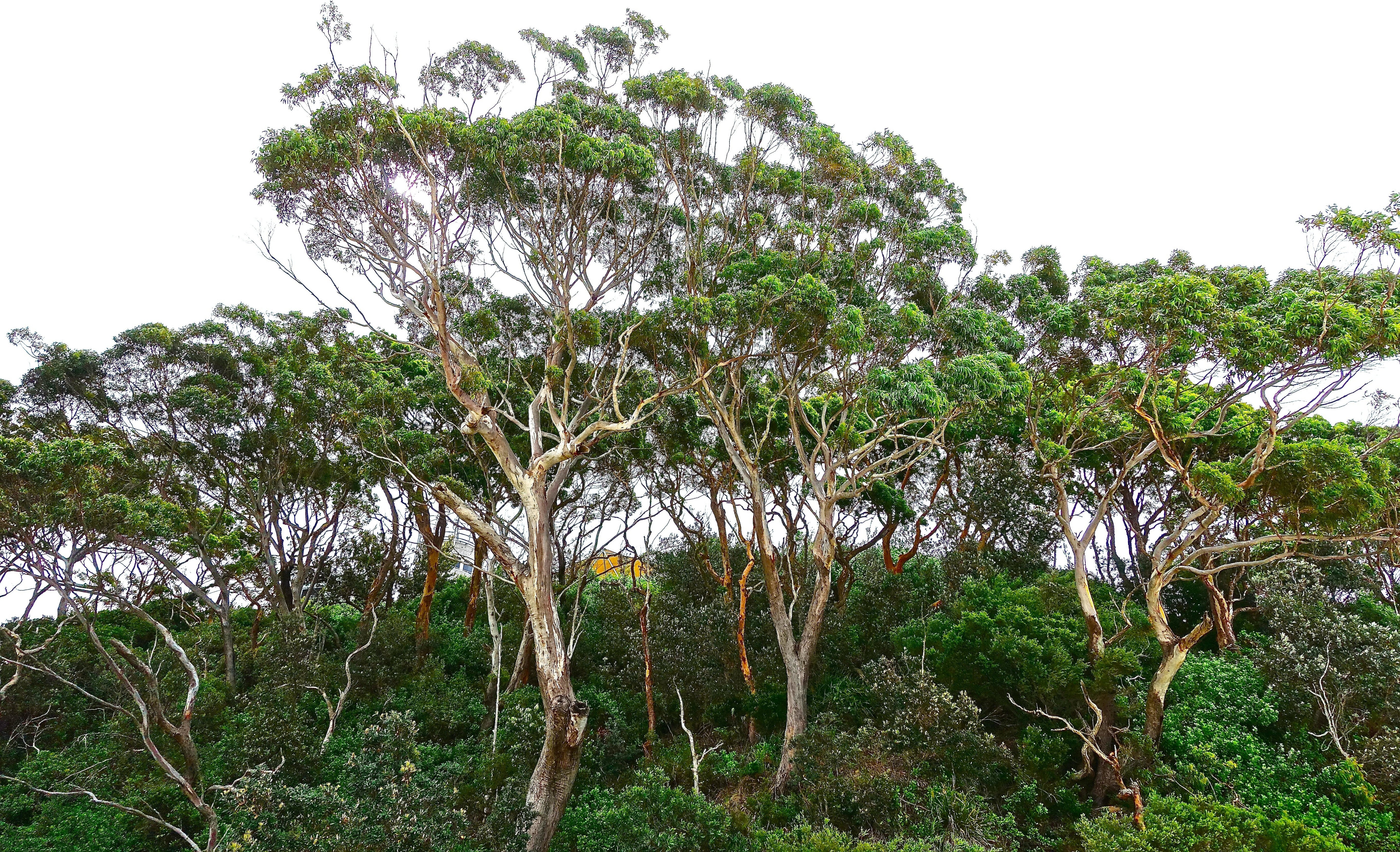
After collection, the raw material is cut into shavings. The production then has a closed cyclic nature. The wood shavings are softened with organic solvents. Unlike other cellulose materials, 99.5% of the solvent is reused in the production of Tencel.
The resulting softened mass is passed through a container with small holes so that all excess moisture can drain away.
Using dies with an acid composition, tension is created through which the wood pulp is passed. This is how threads are formed, which are hung on racks and then painted in the desired color. The acid composition is used completely, the waste is not thrown into the environment, but is reused.
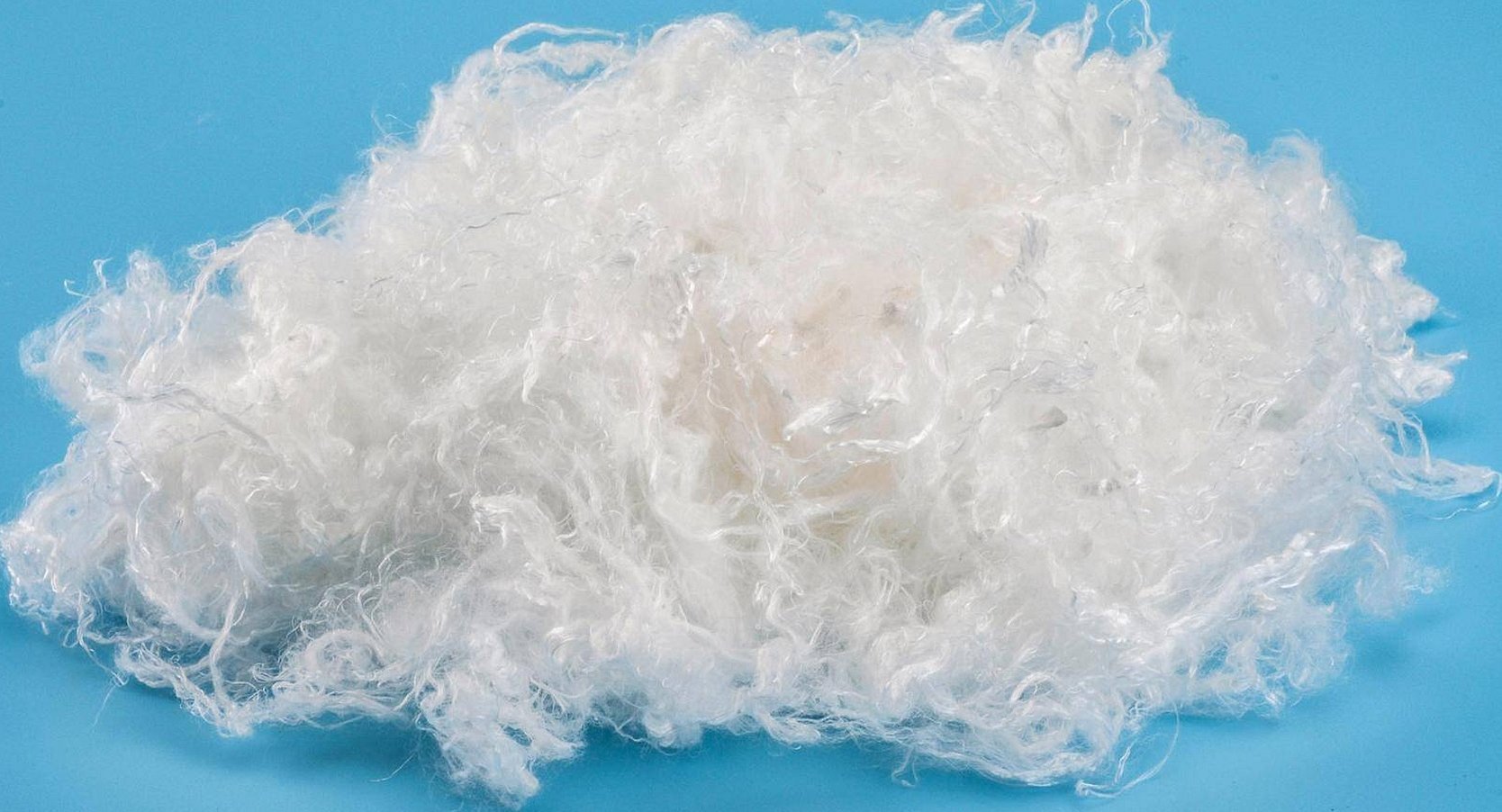
The resulting material lends itself well to dyeing, so the dye is applied evenly. Next comes the twisting of lyocell or its combination with other types of fibers.
The final stage is weaving the threads using the plain weave method on a loom. If necessary, a pattern is applied to the finished fabric.
Important! Tencel production causes 100 times less harm to the environment than cotton production. For this, the creators were awarded a worthy award from the European Union - the "European Prize for the Environment".
Composition and properties of Tencel fabric
Since the material is considered too expensive, it is usually blended with cotton, silk or synthetic fibers to make it widely available.
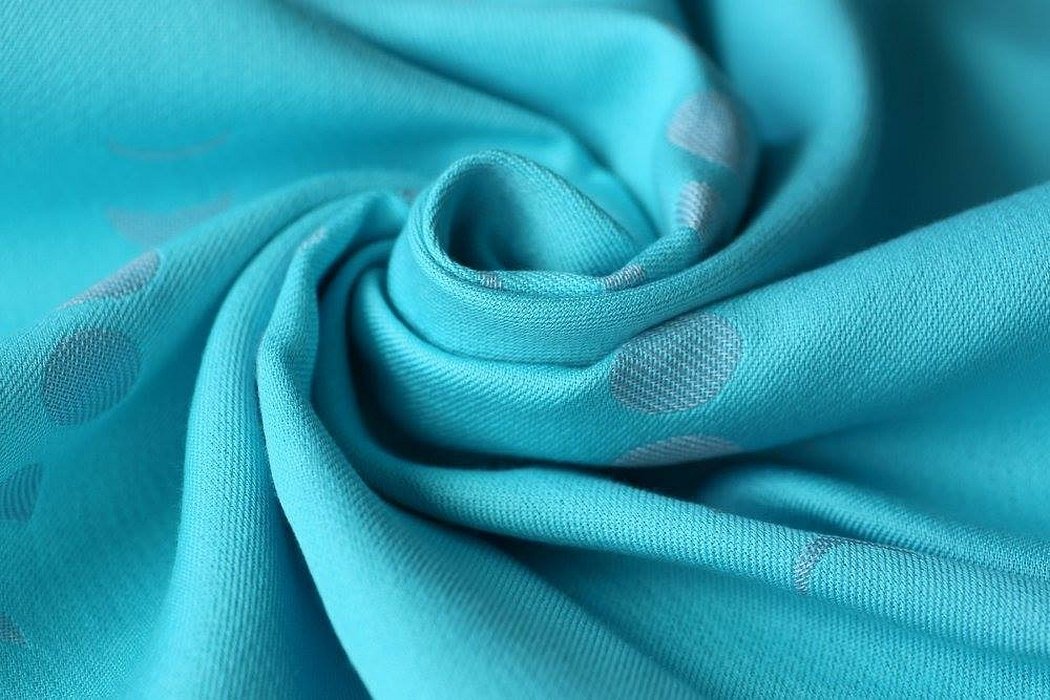
Then the question arises, tencel - what kind of material is it according to its characteristics, and what percentage of lyocell should it contain so that it has the right to be called so. According to world standards, the created material has the right to bear the name "Tencel" if it contains 30 percent or more lyocell.
As for the properties of the fabric, they are considered unique on all counts.
Tencel clothing allows the skin to breathe. A person wearing something made of this fabric feels cool and fresh even on hot days. In addition, due to its ability to “breathe”, the material not only absorbs moisture, but also quickly evaporates it, which prevents the growth of bacteria.
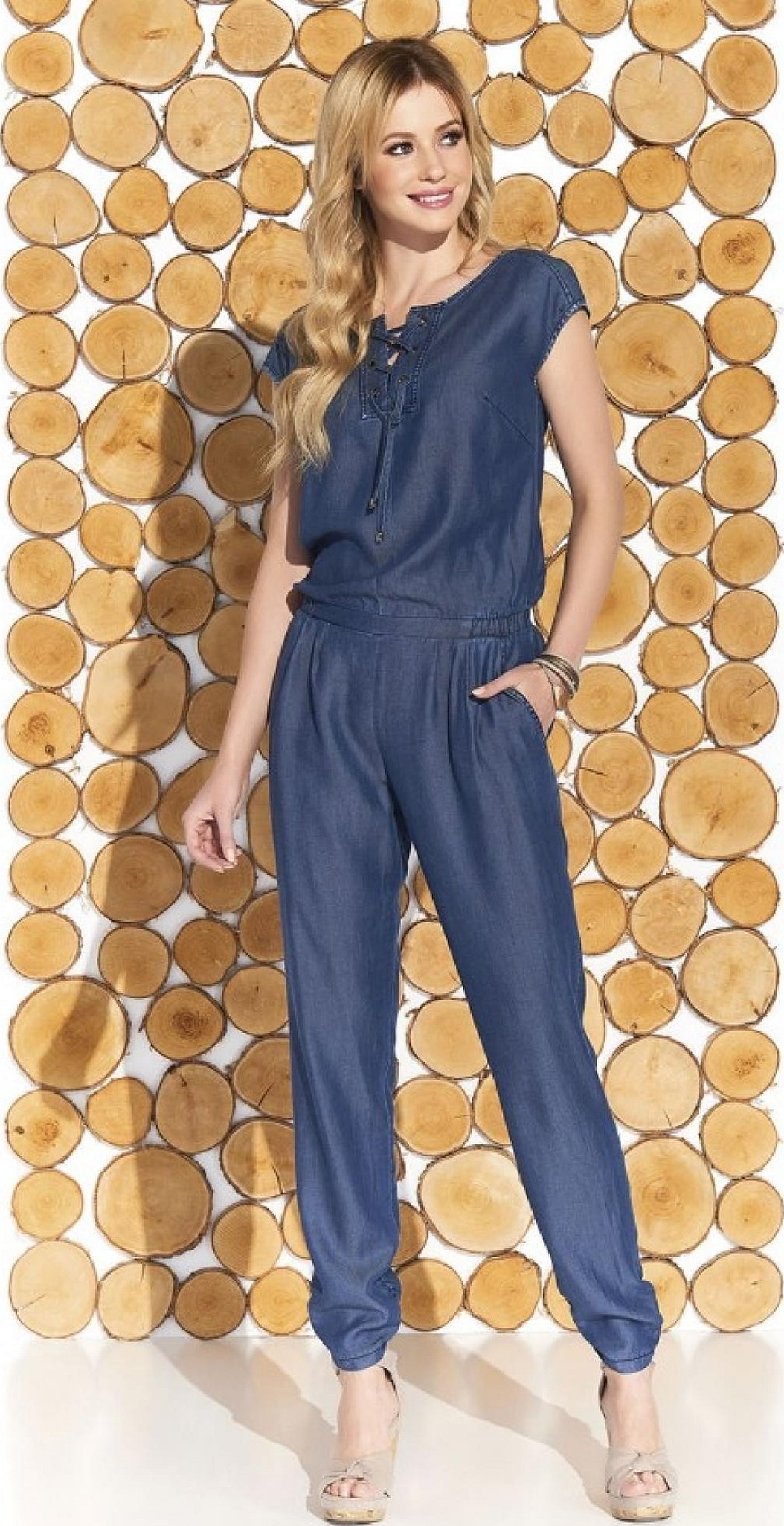
Tencel items are hypoallergenic, have high wear resistance if the care instructions are followed, and do not become electrified.
Tencel is something unique for ardent environmentalists. Due to the fact that the fabric is produced exclusively from natural materials, it is a biodegradable material. In addition, if eucalyptus is used in the production, the fabric will have healing properties, promote recovery and maintain immunity.
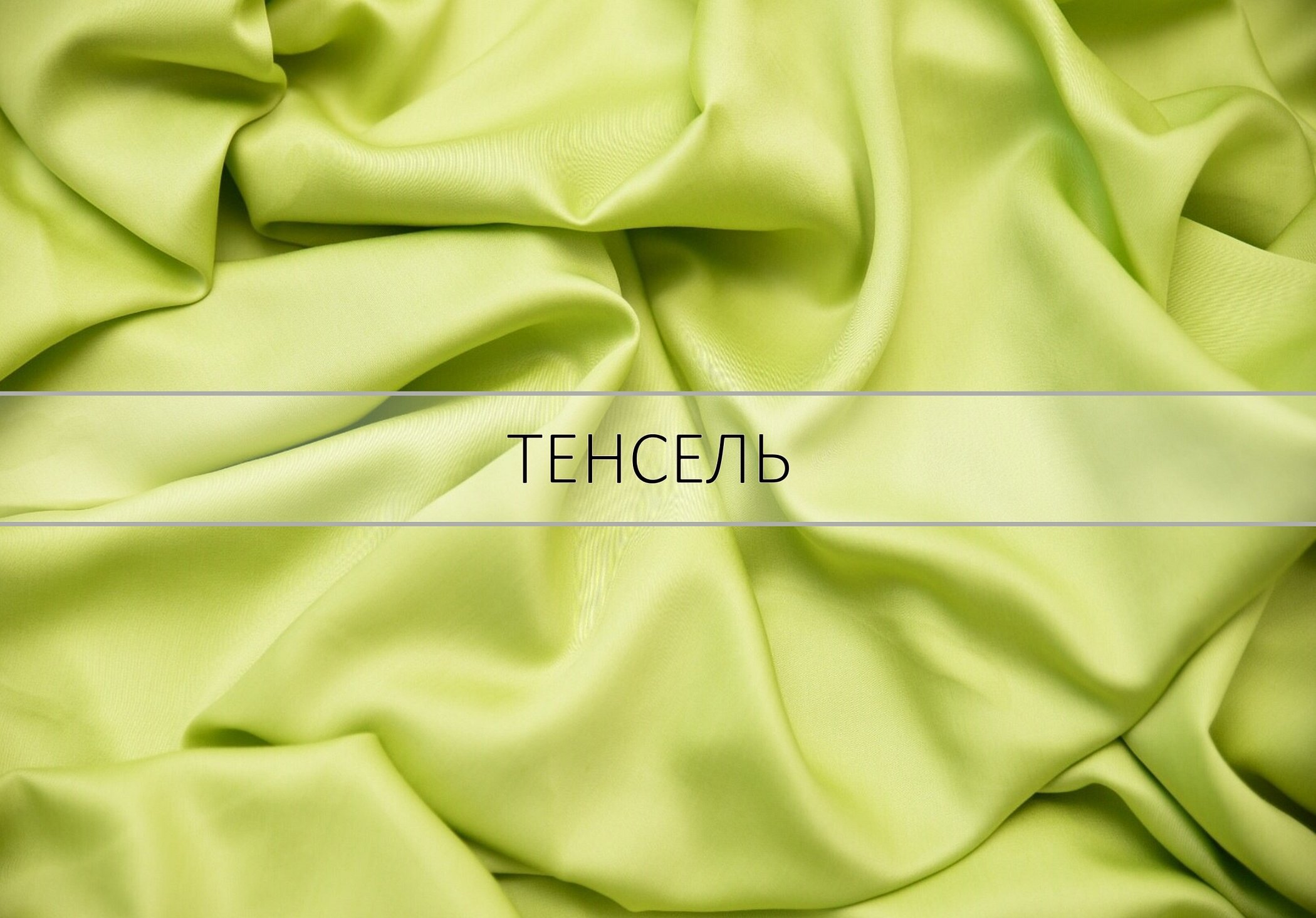
Types of Tencel fabrics and their features
Today, there are 2 classifications of Tencel. According to appearance and tactile sensations, the material is:
- With a smooth and silky surface. Externally resembles satin. Feels similar to natural soft leather. This fabric is obtained by adding silk to lyocell.
- With a soft, gentle and velvety texture. A small pile can barely be seen. The tactile sensation of this fabric resembles a peach.
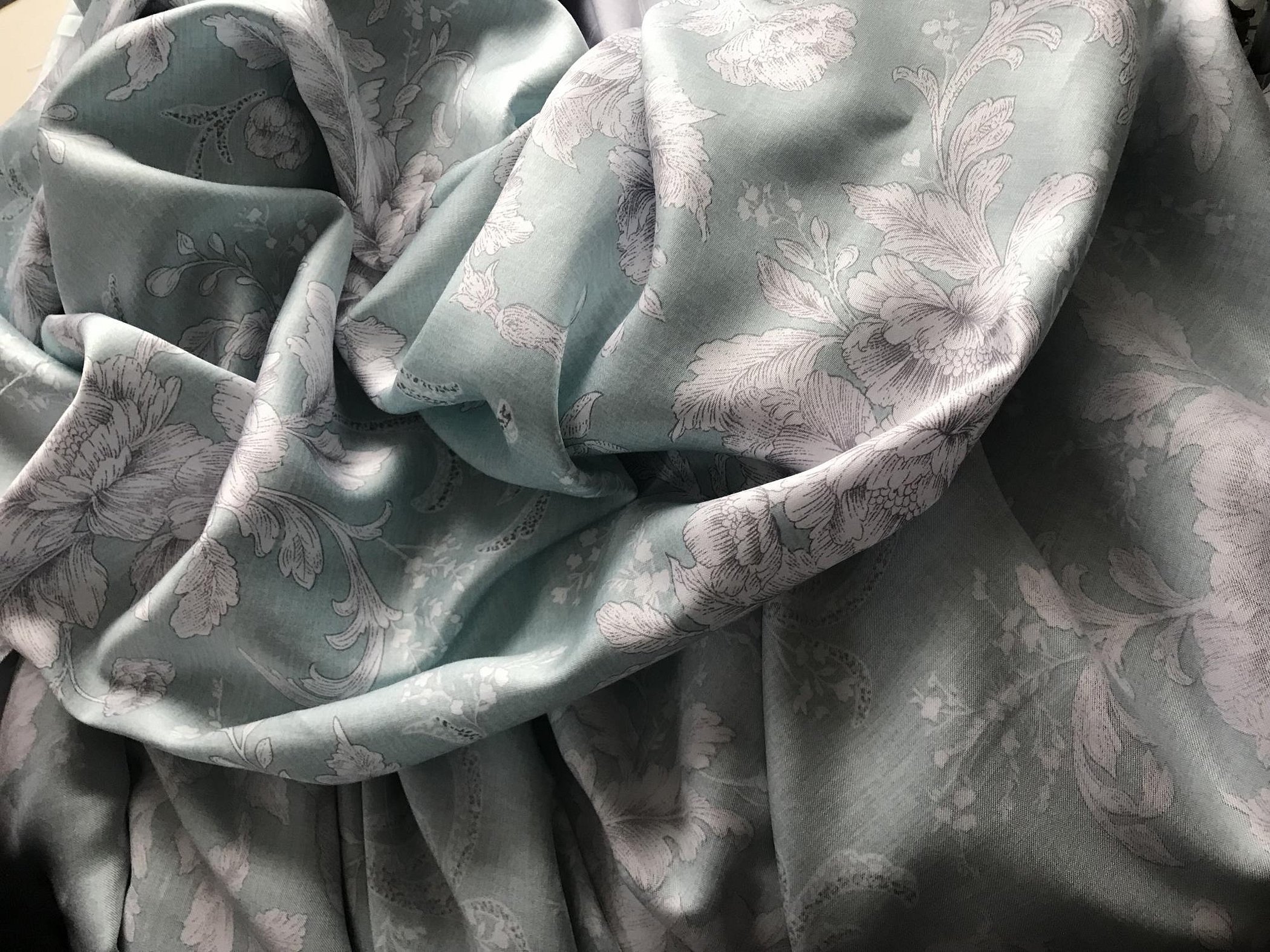
According to composition, natural material can be:
- Combined - silk, wool, cotton or synthetic fibers are added. This is done to save money and increase mechanical strength.
- 100% pure - no other fibers added. The cost of a product made from such material is high.
Areas of application of the canvas
This fabric is widely used in everyday life today. Everyday clothes and festive outfits are made from Tencel. The material is great for making dresses and blouses for women, as it drapes well.
Tencel makes very soft and durable underwear and pajamas. Its moisture-absorbing and moisture-wicking properties make it possible to use the fabric to create sports suits.

The fabric is readily used by manufacturers of terry textiles and bedding sets. A quilted blanket made of tencel seems weightless, providing both softness and warmth. Elite class bed linen is popular. The cost of the products is quite high. Tencel fibers, created from eucalyptus shavings, are often used as a filler for pillows and blankets.
Due to its hypoallergenic properties, the material is also in demand among manufacturers of goods for children. It is used to sew not only children's clothing, but also reusable diapers, pillowcases for blankets and pillows.
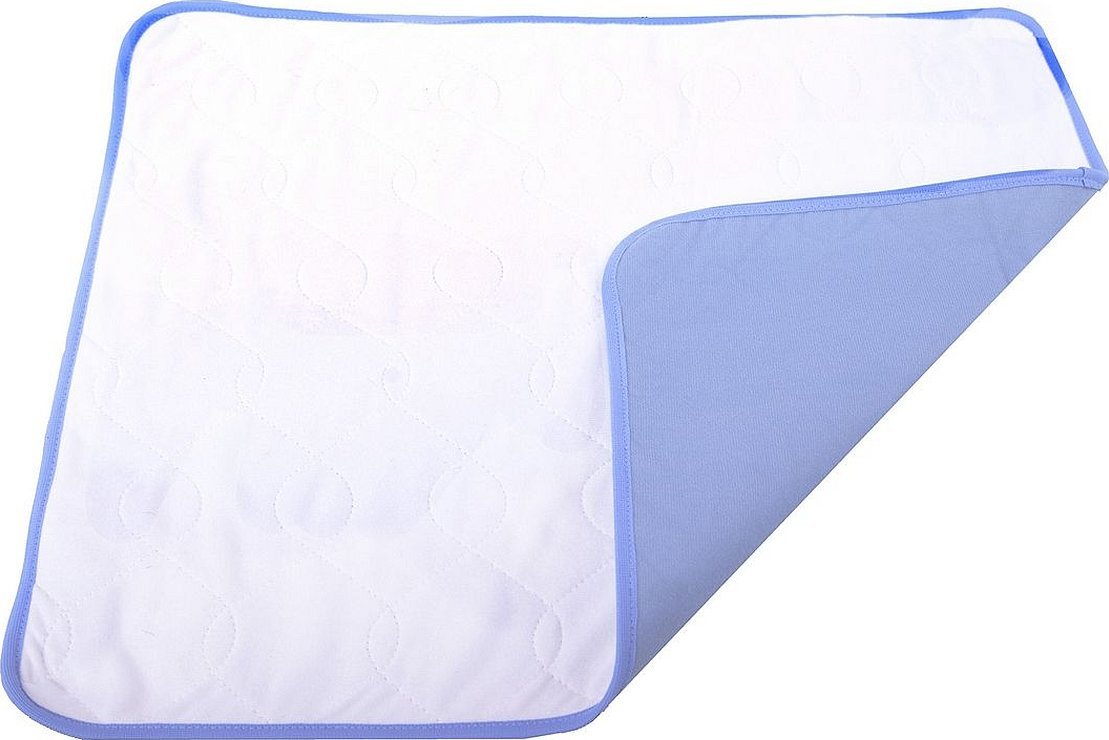
The material can rarely be used for the production of ropes and cables, tie-down kits, automobile and hydrolytic filters. Due to its bactericidal ability, it is also necessary in medicine for the creation of dressing structures.
Who is Tencel suitable for?
Now it is clear what Tencel fabric is and where it can be used. But is bedding or clothing made from this material suitable for everyone? Who needs to buy Tencel products?
First of all, those who suffer from inflammatory skin diseases and allergic reactions. It has been proven that bed linen can even help relieve irritation symptoms and speed up recovery.
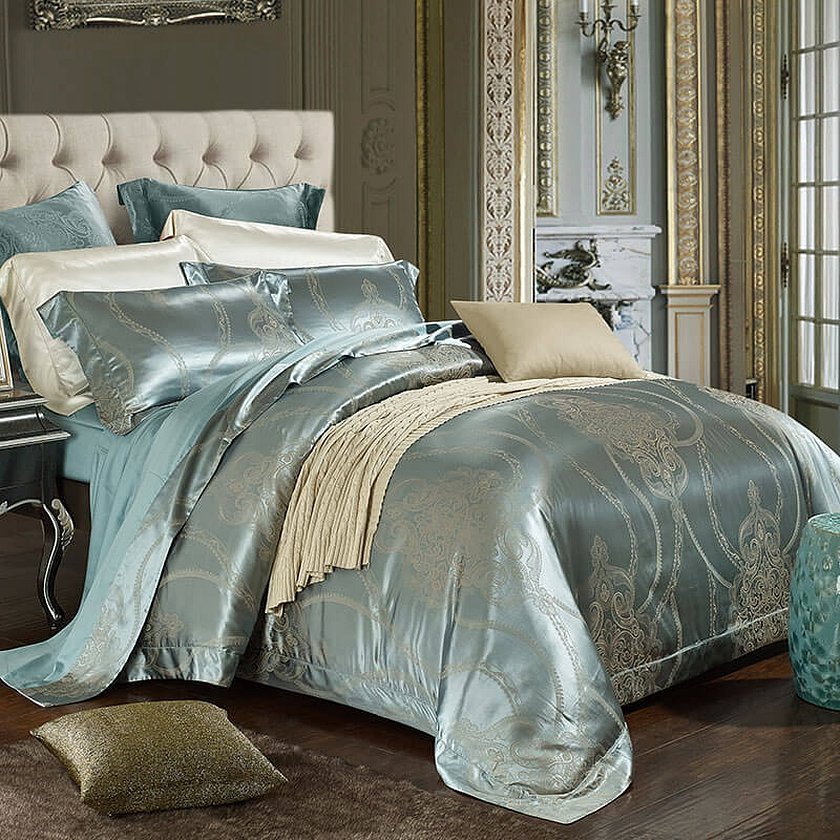
If a person sweats a lot or gets dirty often, then this fabric will suit him. The material quickly evaporates moisture and is easy to clean.
Tencel is valued for its comfort and sophistication. It absorbs dye well, the color is applied evenly and brightly. Therefore, those who love rich shades can safely choose products made from it.
The material is also suitable for people who are tired of constantly removing pet hair from their clothes. The fabric does not "collect" hair, so the owner can calmly walk around the house, pet the animal, and then go outside.
Recommendations for selection
Today, the market is teeming with counterfeit expensive fabrics. Some manufacturers openly talk about the absence of natural fibers in the product and sell their products at low prices, but there are also those who try to pass off the counterfeit as the original.
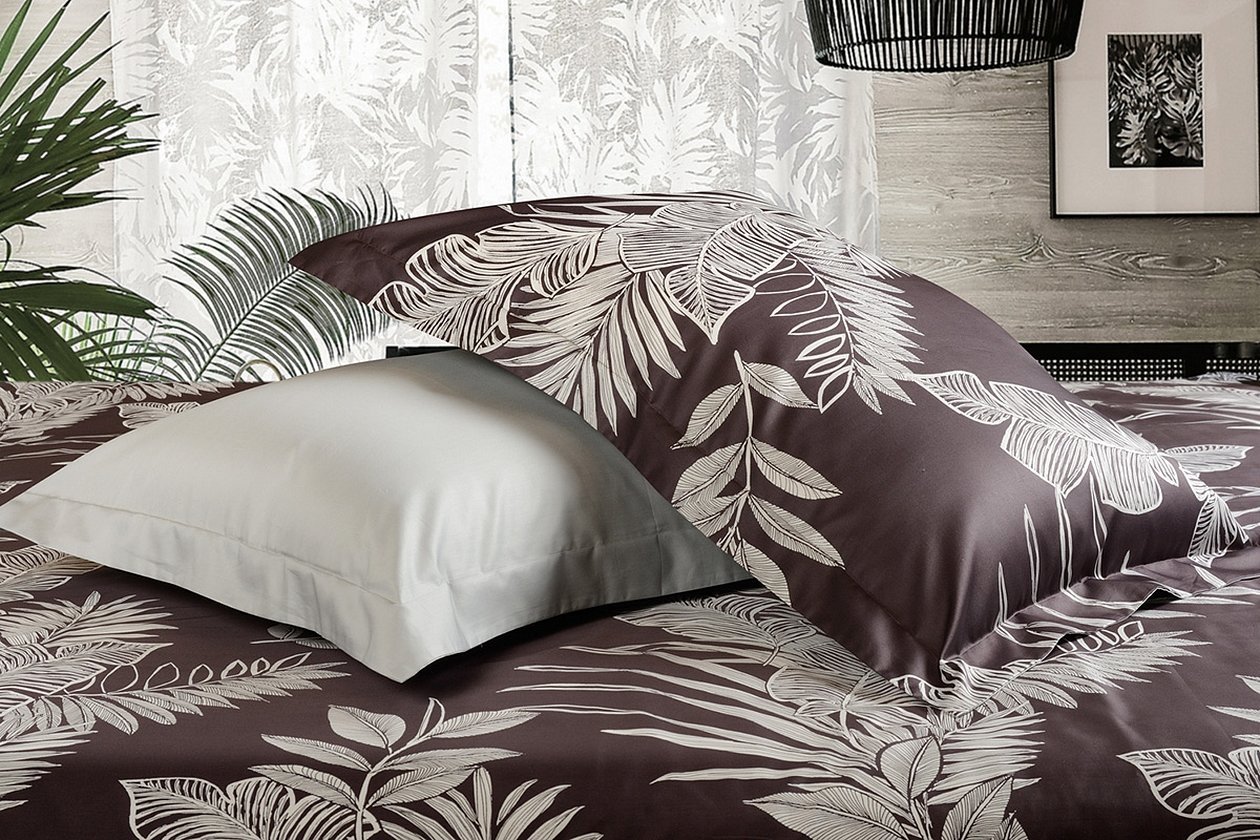
How can an ordinary person who doesn't know what Tencel is and what it looks like understand that it is original and not throw money down the drain? In fact, it is easy to do, it is enough to study the properties of the material before buying.
Products made from this material are smooth, soft, and lightweight. You should also pay attention to deformation - Tencel practically does not stretch, unlike synthetics.
If you want to choose bed linen made of Tencel, it is better to contact trusted manufacturers. They will definitely guarantee high-quality fabrics. Currently, there are 2 leading manufacturers on the Russian market:
- "Postel Ivanovo" is a popular Russian factory offering a wide range of products in different colors.
- "Asabella" is the only manufacturer that offers bed linen made from 100% natural Tencel at a cost about 2 times lower than that of US companies.
Proper care
Tencel fabric will delight its owner for a long time with its rich color and softness, if only he takes good care of it.
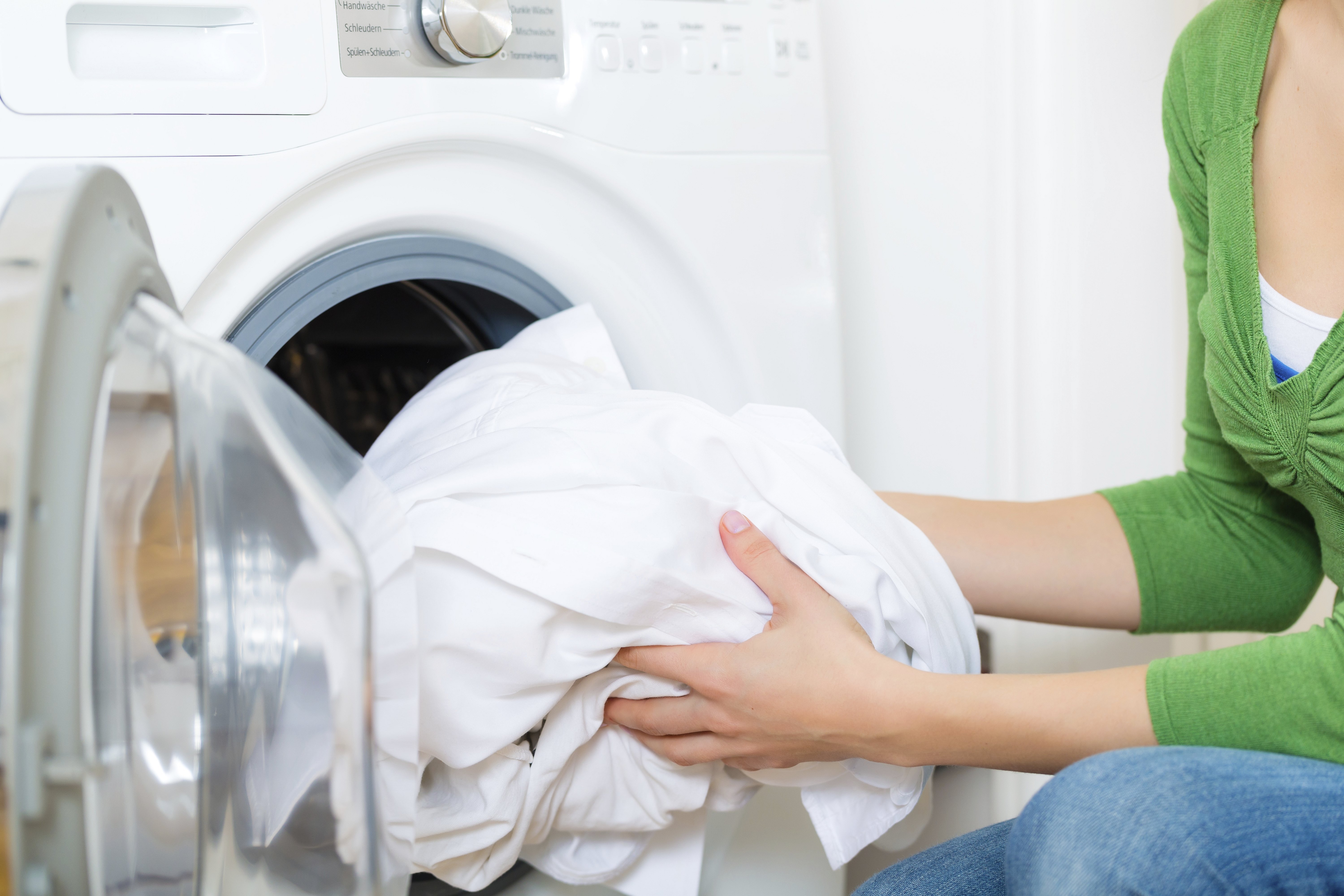
For washing, it is best to choose liquid detergents rather than powders. The water should be heated to a maximum of 30 degrees Celsius. It is best not to wash in a machine at all, but by hand. The final rinse is recommended to be done in cold water.
Important! When using the machine, you must turn off the spin cycle and fasten zippers and buttons on items.
Ironing tencel even with the best irons is not recommended. A steamer is needed here. If you don’t have one, set the iron to the “Silk” mode and iron the product on the reverse side.
For storing fabric items, it is recommended to purchase special covers with ventilation. The clothes are periodically aired.
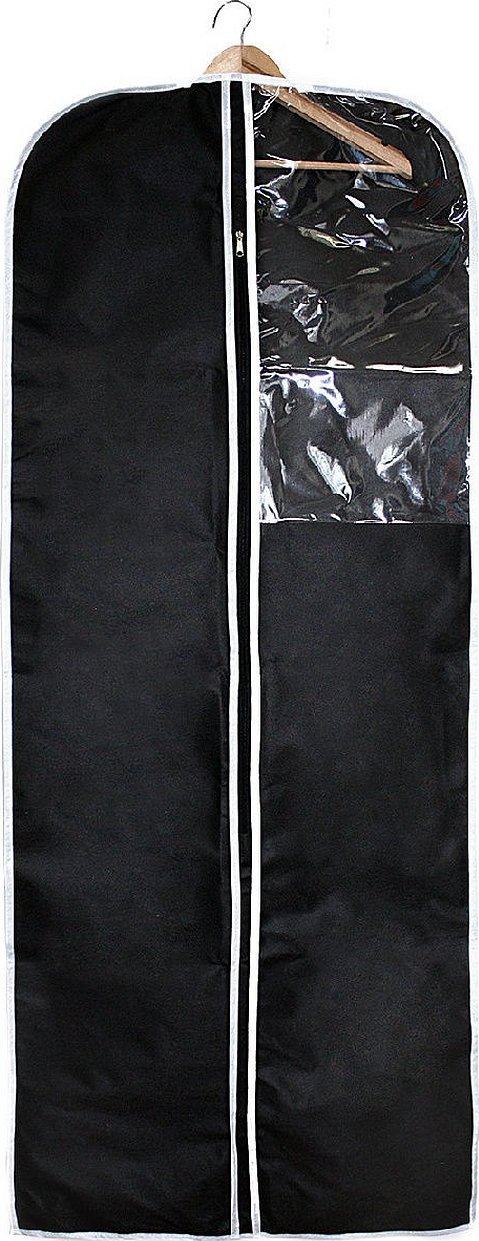
Prolonged exposure to sunlight is unacceptable, as this will cause the fabric to fade.
Please note! Do not neglect the information that the manufacturer indicates on the product. The care instructions are not always identical, the instructions indicated on the label are relevant. Some sets of Tencel bed linen cannot be dry cleaned, only dry cleaning is allowed!

Advantages and disadvantages
Tencel can be considered a truly universal material. And all due to its positive characteristics:
- Softness, smoothness to the touch.
- Does not become electrified when worn.
- Does not cause allergic reactions.
- Completely environmentally friendly.
- Does not tear in either dry or wet conditions.
- The color is stable and does not fade.
- Durable as polyester.
- No pilling occurs when using the product.
- It has dust-repellent properties.
- It has an antibacterial effect.
- Even after many years of use, dust mites and fungi will not start growing in the product.
- Maintaining optimal body temperature, which ensures natural thermoregulation. Tencel clothing is warm in winter and hot in summer.
- It wrinkles little.
- Drapes well.
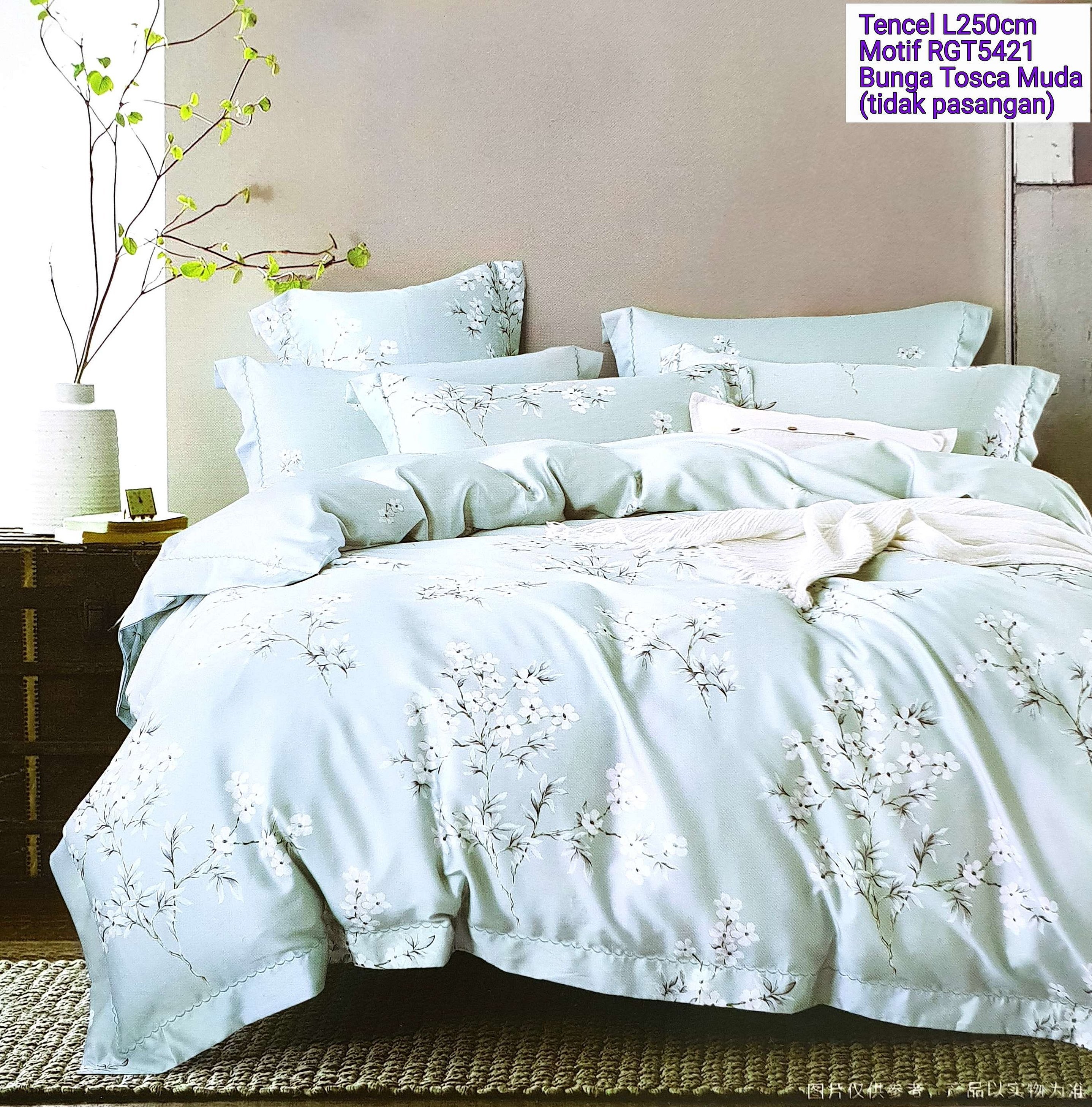
But don't think that everything is so perfect. The material also has its disadvantages:
- Reduced resistance to deformation. The material is not elastic, but can stretch if not properly cared for.
- Tencel bed linen is considered very delicate to care for, so manufacturers most often recommend dry cleaning only.
- For bed linen, manufacturers most often recommend dry cleaning only.
- Shrinkage of the fabric over time, which is typical for all natural fibers.
- Requires special care to maintain its original appearance.
Reviews
What do those who have already dealt with Tencel think about it? It is not difficult to find out, just read the reviews on the Internet:
Valeria, St. Petersburg: “I have been wearing a tencel dress in the summer for the third year, an unforgettable pleasure. It is summery, very pleasant to the touch. I immediately found out when buying that it is a very delicate fabric and requires special care. I wash it in the washing machine on the “Delicate wash” mode, iron it through gauze from the inside. The item looks like new!”

Yulia, Vladivostok: “I had never encountered Tencel before, until my friends gave me bed linen for my birthday. We usually always bought cotton sets. At first I was skeptical, I thought it was synthetic, but when I unpacked it… Touching the fabric gives an unforgettable pleasure. True, after a few months the bed linen sank a little, but that’s normal for natural fabric. My husband and I decided to buy an additional set, but when we found out the price, we were upset. It’s a bit expensive for a set.”
Today, Tencel is a unique and environmentally friendly material that is used everywhere. Products made from this fabric can live in a person’s home for decades if they follow all the operating rules.

